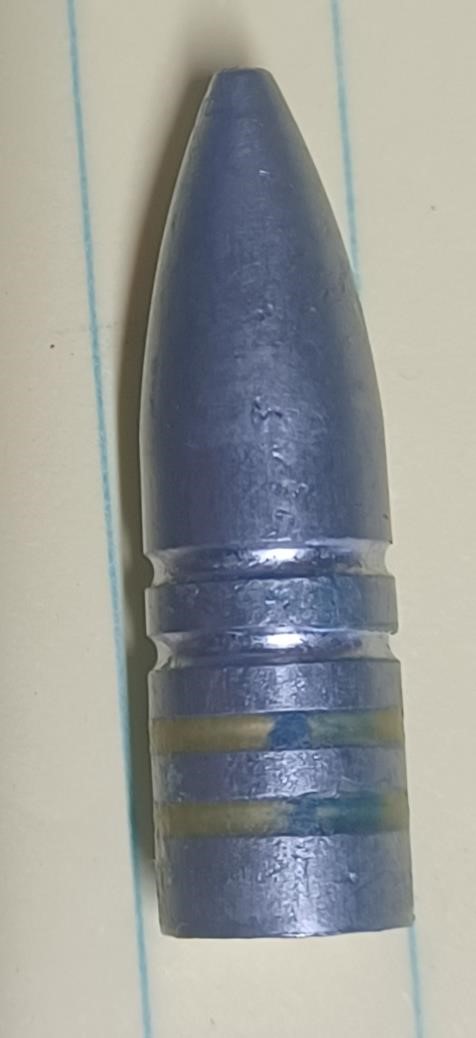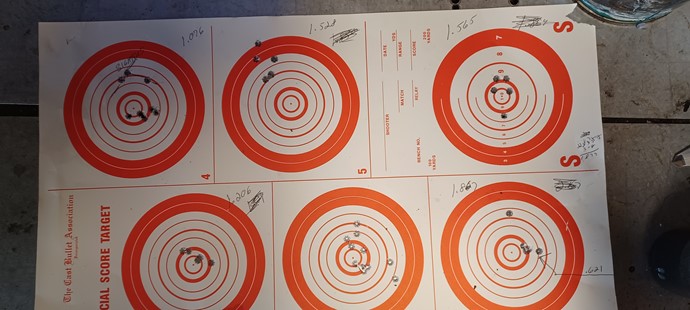RicinYakima
posted this
11 December 2023
I have been casting bullets for over 50 years and also had an interest in chemistry. So when I worked for 18 years of the Department of Ecology, I was interested in wheel weights (being cheap and always looking for a deal).
So, a brief history of the "wheel weight". They became popular in the 1930's when cars and speed limits increased mainly due to more paved roads. WW2 aircraft production required well balanced wheels to safely land aircraft, especially the hot fighter planes. Post war, as speeds increased every car had lead wheel weights.
In Tacoma, WA, there is a scrap yard run by Jones, Inc., that I had a working relationship with and a personal one with the yard superintendent. His story is that until about 1975 truck WW's were about 7% antimony and 3% tin and cars 4% and 2%. They received WW's in the one ton box bins that were dumped into the crucible at 900* F. A skimmer took all the steel and trash off the top and lead alloy was tapped off the bottom into old linotype moulds, 10 kilograms (22 pounds). Until about 1990, this normally was about 4% antimony and 1% tin as the rest had been oxidized and went with the skim.
There was a foundry about five miles away that made wheel weights from this stuff, reheated and cast into wheel weights. The composition was about 2.5% antimony and 0.5% tin. The late 1990's brought Asian cars with wheel weights made of anything that would melt in the furnace. Then the 00's brought zinc and iron.
Dennis Marshall's chapter in Lyman's "Cast Bullet Handbook", 3rd edition, has the best article on the metallurgy of lead alloys I ever read. With all that said, 1% tin and 3% antimony is all you need for great fill out at 700*F. A one pound roll of modern tin solder will do 100 pounds of WW's, so I don't view that as very expensive.

















